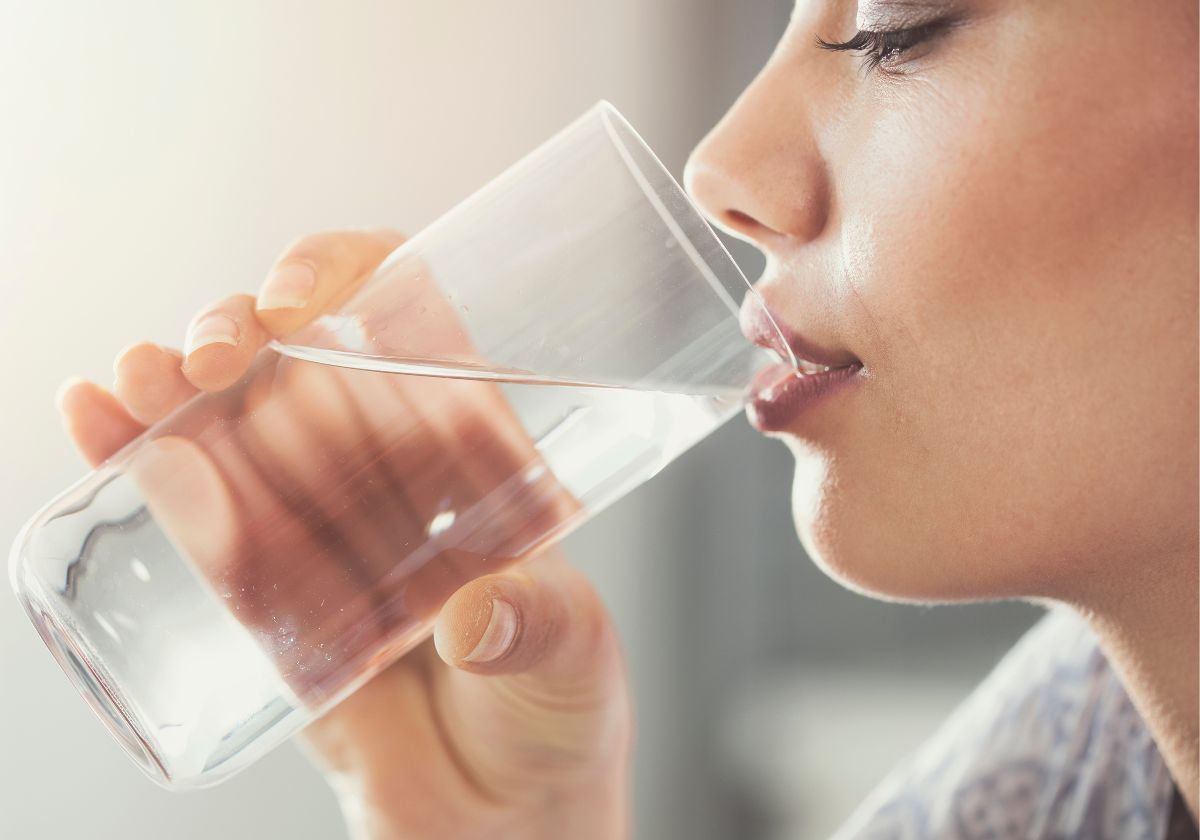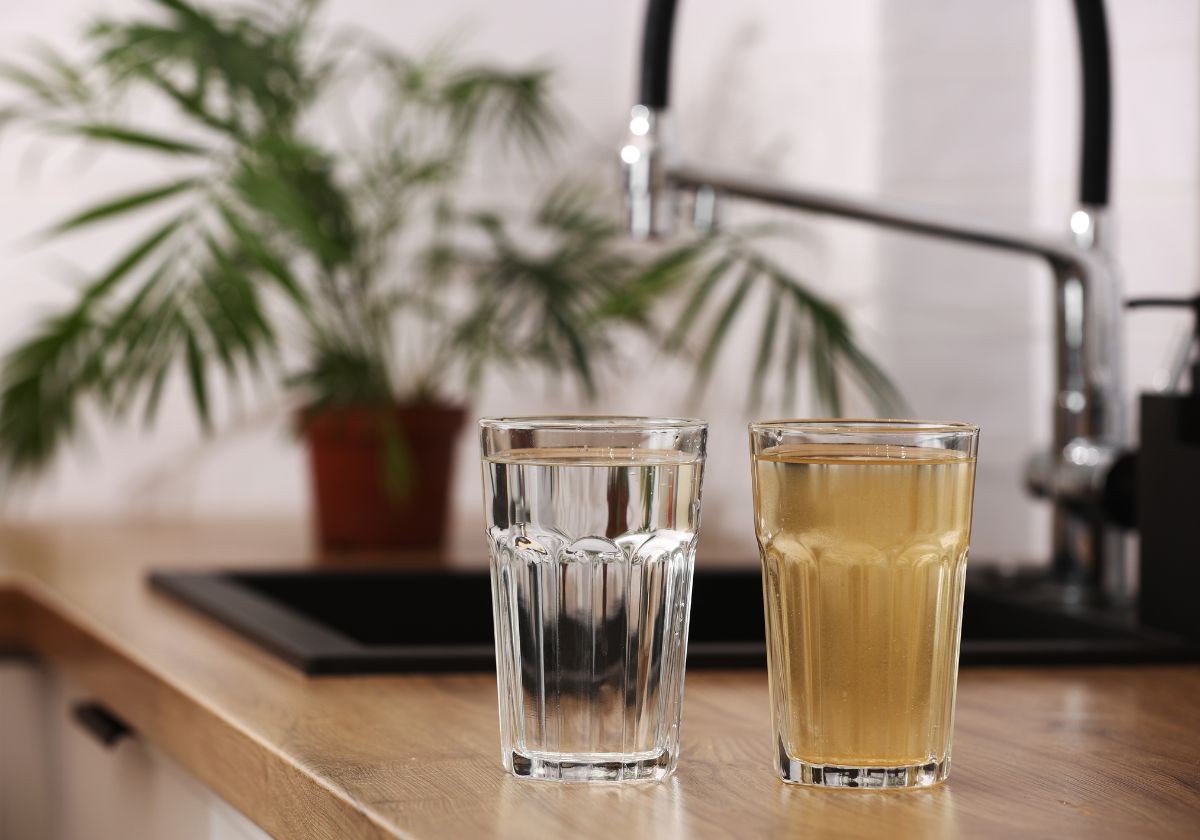We all need to drink water daily because it is life’s true elixir. We can’t live without it; we cook and wash with it. Things can go wrong, though, if the water you drink needs to taste better. What does water flavor like, and why does it taste like anything? Getting a Waterdrop
reverse osmosis water filter for your home can make much more sense once you understand the elements that make water taste sour or sweet, or even affect turbidity or clarity.
Does Water Possess Flavor?
A lot of people say that water doesn’t taste like anything. In fact, it’s the only thing in the world that shouldn’t taste good. That being said, this is not true for most people who regularly drink tap or well water. You can taste the subtle variations in taste if you’ve ever compared water from different sources. There may be some that are really awful and others that will leave you with just a small taste.
Water doesn’t taste like H2O because it’s not clean. A lot of things are mixed into the water or added to it at the processing plant to stop germs and other living things from growing. People have different taste buds and ways of processing sense information, which means that water tastes different to each person. Someone might think the water tastes clean and pure, while someone else might think it tastes gross.
Reasons Behind Distasteful Tastes in Drinking Water
Some people think that water tastes bad. The taste of water comes from three main places: minerals that are already in it, chemicals added during processing, and buildup from pipes and other devices.
Based on where the water comes from and where it is used, the first two are given. This is also true for water that comes in a bottle. Parts per million are used to measure the minerals that are dissolved in water and the chemicals that are added to make it safe for people to drink. A lot of everyday things can change the taste of water. These include
bicarbonate , calcium, magnesium, iron, chloride, and sulfates. Some may also have potassium, sodium, and other things in them.
Distilled water is the only type of water that does not contain any salts or other impurities. Despite the fact that this is ultimately pure, it is not recommended for regular consumption. Minerals are important for keeping your body healthy. That’s a strong case for reverse osmosis filters, which get rid of the bad stuff without taking away from the benefits of drinking clean water.
What Makes Water Taste Sweet?
Salts in water also make it taste sweet. No one puts sugar in the water that comes into your home or business from the tap or well. At the store, you didn’t grab a bottle of juice by chance instead of water. This taste is sometimes caused by too much calcium and iron in the water.
You can choose something else. Following a very salty or bitter meal, the water might taste sweet next to it. If you are very thirsty and dehydrated, water may seem to taste better than normal. People who have
diabetes may also sometimes feel this way.
The Connection Between Taste and Cloudiness in Water
A bad taste is sometimes accompanied by
turbidity .
The term clarity refers to how clear or cloudy water is based on the particles that are floating in it. If your tap water isn’t very clear, your water company will probably tell you to boil it or not drink it for a while. This can also happen with well water, but you will be in charge of making any changes. You might still be worried about the water’s health, even after fixing it or waiting a long time, especially if it tastes like chlorine or other chemicals.
Most of the time, turbidity is caused by organic growth or sediment that isn’t properly cleared out from the water source or treatment plan. Not only can these things change how water tastes, but they can also change whether or not it is good to drink.
Too many minerals, chemicals used in processing, and particles that change the turbidity of water all make it smell and taste bad. It is also harmful and unpleasant to drink, cook with, or wash with. Use a reverse osmosis filter to take charge of your water. RO filters come in a wide range of sizes and shapes, from big ones that can clean an entire house to smaller ones that are great for an office break room.
The Impact of Reverse Osmosis Filtration on Water Flavor
If all of the answers you give about what water tastes like are bad, a reverse osmosis filter might be the best choice for you.
The Waterdrop Reverse Osmosis Water Filter System G3P600 GPD can filter water quickly and without a tank, saving your under-sink space. It has a reverse osmosis filtration mechanism that can get rid of contaminants like lead, chlorine, and PFAS to make the water safe for consuming.
A lot of people have taste complaints regarding the flavour of their tap water. Therefore, they resorted to pricey bottled water, which is bad for the environment. The taste might not be flawless and distinct yet. Furthermore, this doesn’t address the issue of having clean water for cooking. Bad-tasting water can be eliminated with a reverse osmosis filter installed under sinks or throughout the entire house.



































































